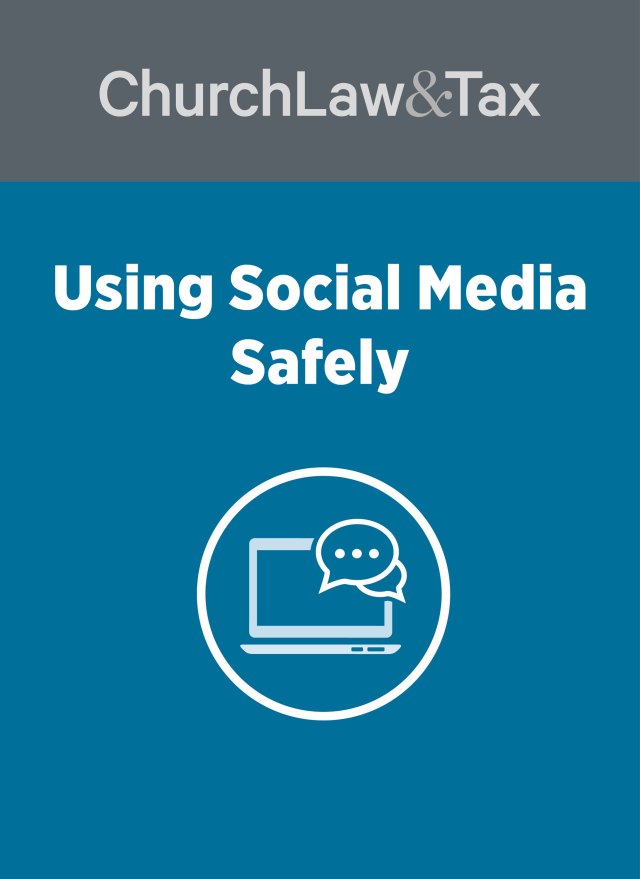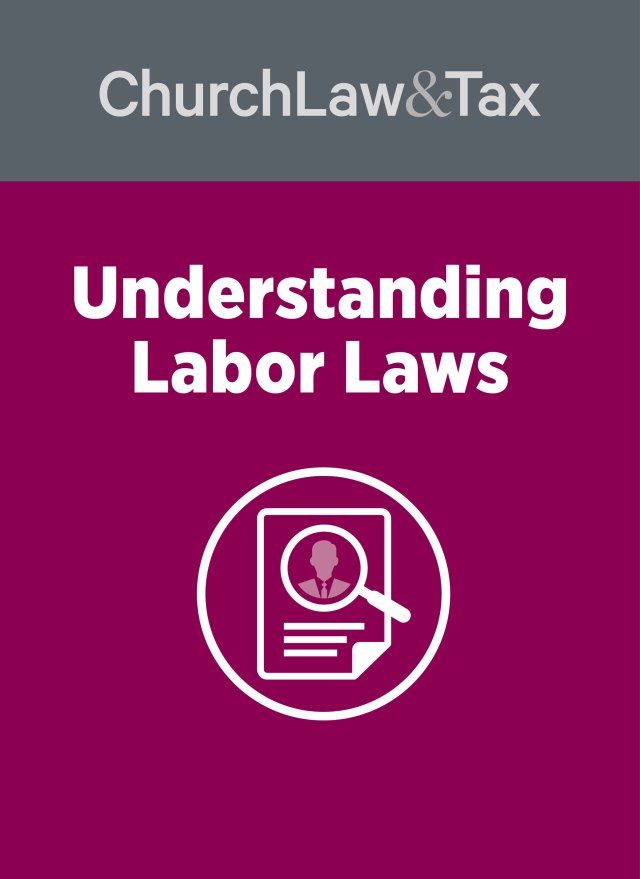• Key point 9-05.04. Works created by employees within the scope of their employment are “works made for hire.” The employer is deemed to be the “author” of such a work, and owns the copyright in it unless it executes a signed writing assigning the copyright back to the employee.
* A federal court in Florida ruled that a computer software program written by an employee was a “work made for hire” that was owned by the employer and not the employee, despite the fact that the employee wrote the program in his home, after hours, using his own computer. Brian began working as a full-time “fellow” in a hospital’s pulmonary and critical care department. His job description included instructing house staff on pulmonary and critical care medicine, taking care of patients, taking progress notes, ordering treatments, and conducting research projects related to the field of pulmonary and critical care medicine. Additionally, the employment manual stated, “The fellows will acquire skills required to organize, administer, and direct a critical care unit, and to work effectively as a member of a multidisciplinary team.” Brian’s job description did not contain any references to computers or computer programming nor was computer programming experience a prerequisite to Brian’s employment. All fellows, including Brian, were required to complete approximately six months of research during their employment. Research projects could be on a wide variety of topics. During Brian’s research period, he developed software for a program to computerize the hospital’s “patient consultation reports.” Prior to the development of the software, the hospital completed all patient consultation reports by hand. Brian wrote the program, at least in part, on his own time, during nonbusiness hours, and using his home computer.
Brian determined the programming language used to create the software and how the software would operate. His supervisor approved the software as a research project, although the supervisor had little or no input into the final program. Brian eventually loaded the software onto the hospital’s computers, after showing the program to his supervisor and obtaining approval. Later he submitted the software to the United States Copyright Officer in order to obtain copyright registration. He placed notices of his copyright in numerous places throughout the visual display and the source code of his computer program, such as on the screen that was displayed each time the program was run and at the bottom of every “help” window. The hospital did not file an objection or notice with the United States Copyright Office related to the software.
After Brian’s fellowship ended, his program became inoperable since he had programmed a “bug” to disable the software after the termination of his employment. Upon the termination of his fellowship, Brian demanded that he receive payment for the hospital’s use of the software, but the hospital refused. Brian then sued the hospital for money damages.
A federal court began its opinion by noting that the pivotal issue was who owned the copyright to the software program developed by Brian. Under the copyright law, the certificate of copyright registration that Brian had received from the Copyright Office was “prima facie evidence of the validity of the copyright and of the facts stated in the certificate.” Therefore, the hospital had the burden to “overcome the presumption of the validity of Brian’s copyright in the software.”
The hospital’s main argument was that it was the owner of the copyright in the software, despite Brian’s certificate of registration, because the software was a “work made for hire.” The Copyright Act provides that the rights in a work initially vest in the author of the work. There is an exception if the work was made “for hire.” The Copyright Act states: “In the case of a work made for hire, the employer or other person for whom the work was prepared is considered the author for purposes of this title, and unless the parties have expressly agreed otherwise in a written instrument signed by them, owns all of the rights comprised in the copyright.” The Act defines a “work made for hire” as “a work prepared by an employee within the scope of his or her employment.” Was Brian’s software program a work made for hire? If so, then the hospital “is correct that it is the owner of the copyright.” On the other hand, if the software was not a work for hire, “then Brian is the rightful owner.”
The court noted that there are two elements to the work for hire definition: (1) the author must be an employee, and (2) the work must be prepared within the scope of the servant’s employment. There was no dispute that Brian was an employee during the time he created the software. As such, the only question was whether the work was created within the scope of Brian’s employment. According to a controlling decision by the United States Supreme Court, an employee’s conduct is within the scope of employment if “it is of the kind he is employed to perform; (b) it occurs substantially within the authorized time and space limits; (c) it is actuated, at least in part, by a purpose to serve the [employer].” Community for Creative Nonviolence, 490 U.S. 730 (1989). All three elements must be established to prove an act was within the scope of employment. The court concluded that the hospital had met its burden of proving that Brian’s software program was written within the scope of his employment. It based this conclusion on the following considerations:
the software was the kind of work Brian was hired to perform
Brian insisted that the hospital cannot satisfy this requirement because his job description did not mention computers, and computer skills were not a prerequisite of his employment. The court disagreed, on three grounds. First, performing a research project was one of Brian’s duties, and the software program he created was in fulfillment of this requirement. Second, Brian’s job description was broad enough to cover the software program, since it stated that fellows would acquire “skills required to organize, and administer, and direct a critical care unit.” This description could reasonably be applied to Brian’s software program. Third, Brian obtained his supervisor’s approval of the software program as his research project.
within time and space limits
The second requirement asks whether the employee’s work occurred substantially within the authorized time and space limits. Brian contends that the hospital cannot satisfy this requirement because he wrote the software in his home, using his home computer, during off-duty hours. The court noted that during fellows’ research periods, they normally would not be at the hospital seeing patients. Rather, they would be working on their projects primarily outside of their department, such as by conducting research in the library. Because Brian was completing most of the computer program during his research phase, it follows that he would not have developed the software, or performed any other aspect of his research project, at the hospital. What matters is that Brian performed the work during the time period in which he was employed by the hospital to complete the research program. The work for hire doctrine “is not avoidable simply because work is performed at a different location on non-employment hours.” The court referred to a previous case in which a professor’s outlines were found to be a work for hire even though he prepared them on his own time and with his own materials, since the outlines were “incidental to his employment and a method of carrying out his employment’s objectives.” Vanderhurst v. Colorado Mountain College District, 16 F.Supp.2d 1297 (D. Col. 1998).
The court also found it significant that Brian completed the second aspect of the computer programming at the hospital, using the hospital’s computers. Although he wrote the computer program in his home, he tested it by conducting the “beta phase” at the hospital. As a result of the observations he made during this phase of the software design, he performed some alterations to the program. This fact “supports the conclusion that Brian performed his work within the authorized time and space limits.”
a motivation to serve the employer
The final requirement asks whether the work, is motivated, “at least in part,” to serve the employer. The court concluded that this requirement was met: “Brian tailored the program to fit the hospital’s needs …. Once complete, the program was used in the hospital to computerize reports, and it is undisputed that the program significantly assisted organizing information. Finally Brian’s employer recognized the significance of the program to the hospital when it stated that Brian’s initiative in computerizing reports was a major contribution to the program.”
Application. It is common for church staff to write books, articles, computer programs, and music. Sometimes these works are created at church, using church equipment, during office hours. In other cases, they are created by employees in their own homes, using their own equipment. This case demonstrates that the copyright in a work created by a church employee “at home” after regular office hours will not necessarily belong to the employee. As the court concluded in this case under similar circumstances, the copyright in such a work may belong to the employer as a work made for hire. To illustrate, the fact that a pastor writes sermons at home, in the evening or on weekends, does not necessarily mean that he or she owns the copyright in the sermons. If the sermons satisfy the Supreme Court’s 3-part definition of “scope of employment,” they will be works for hire, meaning that the copyright ownership belongs to the church (unless the church has assigned the copyright back to the pastor in a signed writing). Churches that assign the copyright in works for hire back to a pastor or other staff member may be jeopardizing the church’s tax-exempt status, since this may amount to prohibited “inurement” of a church asset to the benefit of a private individual. Genzmer v. Public Health Trust, 219 F.Supp.2d 1275 (S.D. Fla. 2002).
Resource. For a full analysis of the “work for hire” doctrine, and its application to churches, see Richard Hammar’s Church Guide to Copyright Law (3rd ed. 2001), which is available from Christian Ministry Resources by calling 1-800-222-1840 or by visiting our online bookstore at ChurchLawandTax.com.
© Copyright 2003 by Church Law & Tax Report. All rights reserved. This publication is designed to provide accurate and authoritative information in regard to the subject matter covered. It is provided with the understanding that the publisher is not engaged in rendering legal, accounting, or other professional service. If legal advice or other expert assistance is required, the services of a competent professional person should be sought. Church Law & Tax Report, PO Box 1098, Matthews, NC 28106. Reference Code: m36 c0503




